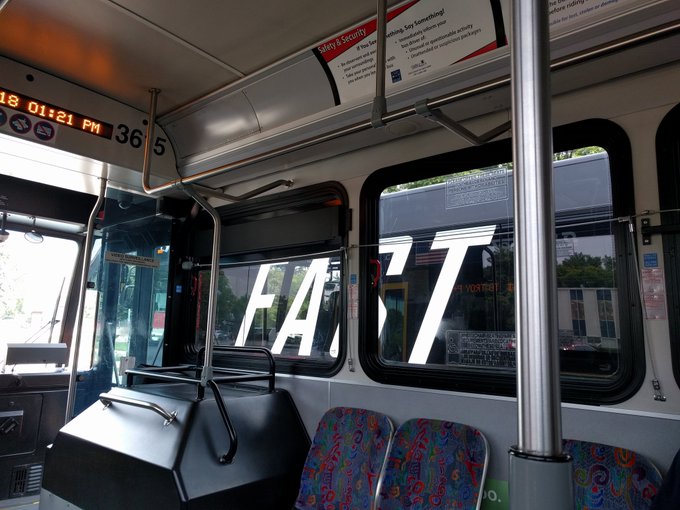College Commuter: The State of Transit in Metro Detroit
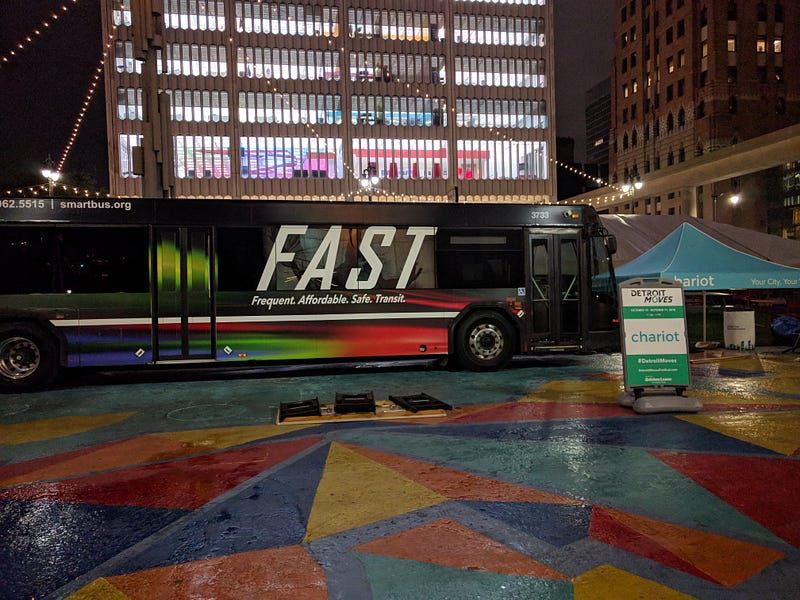
This article was originally published on Medium .
Update 10/21/19: Added information about DART.
Update 2/28/19: Added information about a more recent experience with DDOT.
A quick disclaimer: At the time of original publication I had no relationship with SMART or DDOT, and neither had contacted me. I wrote this piece by choice. I did receive free monthly passes for both bus systems, but that’s because of a program put on for Wayne State students and was in no way intended to incentivize writing an article.
I discuss both the good and bad of these systems as I’ve experienced them.
As a lifelong Michigan resident and fourth-year university student, I’m no stranger to dealing with challenges when it comes to getting around. Accidents. Construction. Snowstorms. Ice storms. If the powers that be decide a blizzard during finals week is a surmountable obstacle, you’ve gotta get to campus no matter what chaos is ensuing between your front door and the lecture hall. And get there I did, semester after semester, as a student living at home in southern Genesee County. Public transit was not an option — traveling to campus required driving, end of story.
This changed two years ago when I moved to Rochester Hills with three college roommates. This brought me within minutes of my undergraduate courses at Oakland University and closer to Wayne State University, where I’m spending the next three years as a student pharmacist.
This also put me on the fringe of the service area for SMART , the Detroit area’s regional bus system. I wasn’t entirely unfamiliar with the service; there was a SMART stop at Oakland, but I didn’t know any students who made regular use of it. Among many, it carried something of a negative connotation — it was seen as something you only used if you had no other choice. Public transit often came up in class discussions involving the region’s underserved and underprivileged communities such as Pontiac, where many students helped with community service and public health awareness events, but we never thought of using it ourselves.
My first experience with SMART: The good
One bright and sunny Saturday last July, a friend from class invited me to an event in downtown Pontiac. I knew from experience that parking in the immediate area was rough. Street parking was metered, as was the large but little-used surface lot next to the Phoenix Center . I also knew I’d already be paying for a meal. SMART #756 Westbound departed hourly from Oakland and dropped off just a block from where I was going. On a whim I decided to give the bus a try, admittedly expecting a poor experience.
It was not a poor experience. The driver was friendly, the bus was clean and air-conditioned, and it arrived within five minutes of its scheduled time. It did take 30 minutes to travel when it would’ve taken less than 15 by car, but the cost of parking was a trade I was willing to make. I was impressed, and decided to put the bus to a more strenuous test.
A few weeks before classes started at Wayne State, I had to attend a required orientation meeting. This was at 10:00am, which meant I’d be traveling downtown through the tail end of the rush-hour commute. I’d recently discovered FAST, SMART’s new express service to the city. Implemented on the heels of the RTA’s RefleX routes, this offered a direct connection between Troy and Wayne State’s campus.
August 6, 2018 • 7:06 pmToday I rode @smartbusorg's new FAST service into Midtown for the first time to attend an event at Wayne State. The new routes are a fantastic way to get to the city, and I wish more people in the northern Metro area knew about it. #Detroit #RidePublicTransit (1/3)
I loved it. The FAST buses were newer and had WiFi, which meant I could spend my hour commute studying. That commute solidified my decision to become a regular user of public transit.
Park and Ride: SMART and Marketing
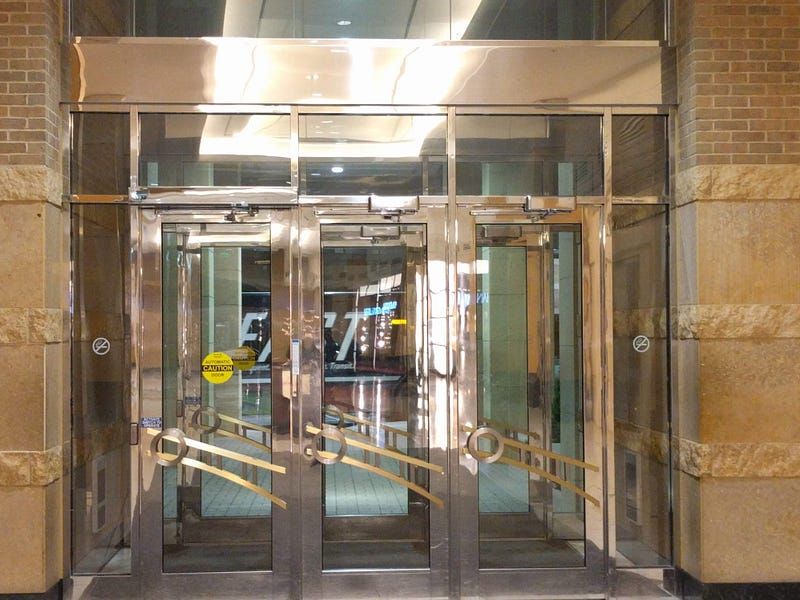
A personal benefit is that FAST Woodward #461 picks up at Somerset, which to my knowledge is the only “Class A” mall in the region with a covered parking structure. I don’t have to worry about clearing my car a second time in snowy weather if I board the bus here.
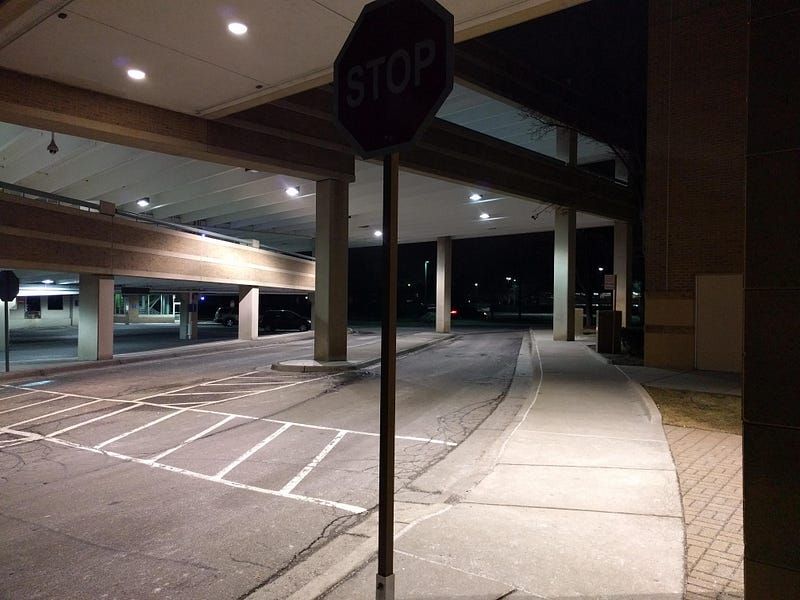
I’m surprised that Somerset makes no mention of this in their marketing: An attraction-class mall with food, free parking that’s covered and patrolled, a connection to the 16 Mile hotels and commercial corridor via the Big Beaver Shuttle, and door-to-door access to a $2 bus that travels directly to countless entertainment venues downtown. Instead there’s nothing. No signage in the mall, not even a FAST marker outside where the bus picks up. You have to know it’s there.
This seems to be a common theme in the region. Even Detroit Metro Airport has only minimal public transit signage. In my experience, few of my peers in the northern suburbs had heard of FAST, especially those who are further removed from the major corridors such as Woodward and Gratiot. Whether or not people choose to ride the bus is its own issue, but it seems many don’t even know the bus is an option!
Not Everything is Awesome: The Bad
Now, I’ve given the bus system a lot of well-deserved praise so far, but to tell a fair story I have to shine some light on the service’s shortcomings.
Where’s My Bus?
The largest issue I’ve run into is the frequency, or lack thereof, of FAST outside of peak hours. Yes, I see the irony in saying “FAST is slow” but once the evening commute is over and you start pushing into the late hours of the evening, the service seems to be treated almost as an afterthought.

There are two FAST routes along Woodward, one starting in Troy and one starting in Pontiac, which converge in Birmingham and travel in parallel for the remainder of the ride downtown. The design intent was such that if the two routes run every 30–60 minutes on a staggered interval, a transit rider can depart within 15–30 minutes on either bus and reach all but the northernmost four of the route’s 12 suburban stops.

Unfortunately, the Troy Park & Ride and Somerset Collection — my two nearby options for free parking — are two of those four stops, which means departing from school after staying downtown for dinner or to study could mean well over an hour wait for the bus home. Rush hour traffic along the Woodward corridor causes the timetable to break down as the day goes on, and buses start running in clumps.
To make matters worse, due to short staffing and low ridership in the early morning and late evening, these buses are the first to get cut when the need arises, and drivers may not expect to see a rider waiting at such an hour. I’ve been passed by more than once — one time I was with a group of 5 or 6 people left behind by a late-night bus after a game at Comerica Park, presumably because the driver was already late due to a traffic snarl downtown, wanted to recover lost time, and didn’t notice us. We ended up waiting outside for over 40 minutes before the next bus showed up. The Transit app at least clues you in on how long you can expect to wait, so riders aren’t completely in the dark.
A Payment Pickle
As of 10/01/19, SMART, DDOT, and the QLINE have moved to a new shared payment service called DART, which was first introduced in May. DART eliminated all transfer fees between SMART and DDOT buses and introduced both contactless cards and mobile payment. Use of paper passes is no longer required, which eliminates the issues I previously described below.
Way to work together, Detroit area transit providers!

For more information on DART, see the City of Detroit’s webpage .
This is an annoyance when riding both SMART and DDOT , the City of Detroit’s bus system. Supposedly a mobile replacement is in development, and I’ll say that can’t come soon enough because the current system is slow and sometimes just doesn’t work.
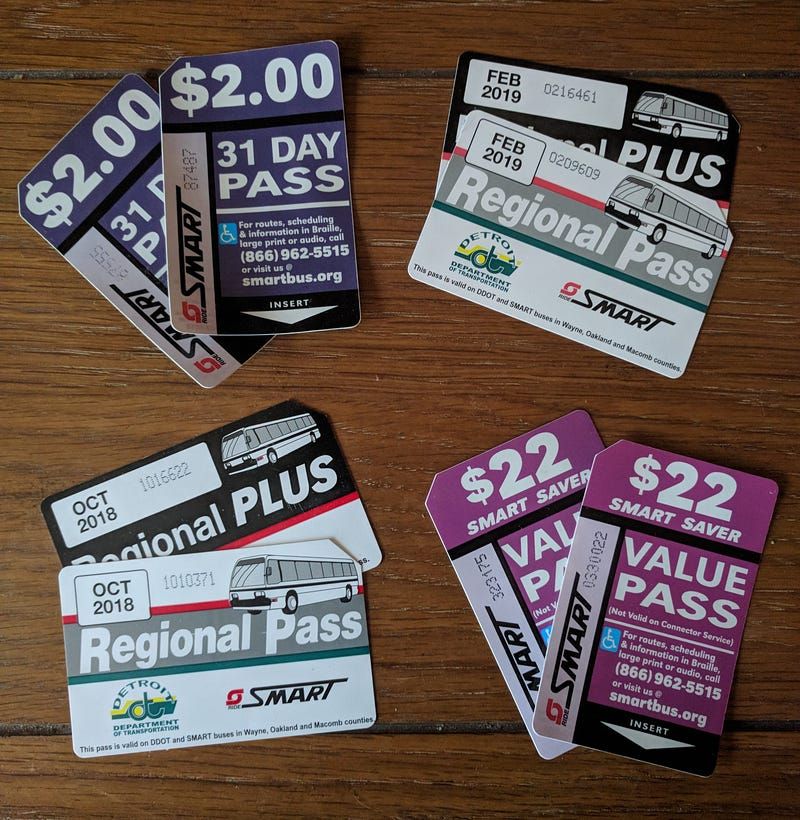
This is a bit ridiculous.
Riders aren’t carrying enough cash. Passes get demagnetized and don’t read. Fareboxes get jammed and change cards don’t print. At the Rosa Parks Transit Center and the old State Fairgrounds, expired transfers litter the pavement. I’ll have a collection of more than ten passes by the time my first year at Wayne State is over, and that’s not even a full 12 months.
Chicago has the Ventra card. New York has the MetroCard. The Bay Area has the Clipper Card. DC has the SmarTrip card. Basically every major city with public transit except Detroit has some form of reloadable fare card that doesn’t go straight into the garbage after a month. Heck, the QLINE takes mobile payment, and even People Mover passes are sold annually.
A Word on Area Politics
Tying together the region’s splintered transit authorities has been a pressing need for years. Granted, we tried this with the RTA and it failed, so we would need to come up with a new approach.
This starts to get into the political problems in the region that are hampering transit’s growth, which has been discussed extensively by other journalists and transit advocates. I’m by no means an expert on the political agenda of the region’s various municipalities. What I do know is that Rochester Hills is one of multiple “opt-out” communities in Oakland County which refuse SMART service and don’t contribute to the four-year tax millage, which means not only do we lack direct bus service but residents also lack the ability to provide input during elections. I was most outspoken about this last August, when the SMART millage came frighteningly close to failing in Macomb County.
August 6, 2018 • 7:26 pmI would urge students and young adults living in communities with SMART service to vote for the renewal of the existing public transit millage tomorrow. Many people who commute from opt-out communities can't vote, even if they plan to use SMART in the future.
#Detroit (3/3)
The following public vote narrowly passed in Macomb County.
I mostly use SMART, but I’ve also had limited experience with DDOT. In October, Wayne State offered students free passes for both systems. I don’t have much of a use for DDOT as both FAST and the QLINE travel between Midtown and Downtown, and as of yet I haven’t visited the city’s other neighborhoods; however, DDOT had recently advertised their new connection to Belle Isle on #12 Conant, so in a moment of boldness last semester I decided to try out getting there via a transfer from #31 Mack, which runs in front of the College of Pharmacy. This did not go well. Neither of these routes saw the improvement to the bus fleet and timetables recently seen on Woodward and the other ConnectTen routes. I was the only passenger on the second leg of the trip there, and the return bus I planned to take later in the day didn’t show, so I ended up walking from the Isle to Jefferson to catch the #9 bus back to Woodward.
Update 2/28/19: I chose to attempt this trip again, and I’m happy to report the bus departing Belle Isle did show up and was on time. Getting stuck on the isle in October may have just been a fluke, take this as you will.
Even better, I got one of the new buses there and back even though Conant isn’t a ConnectTen route.
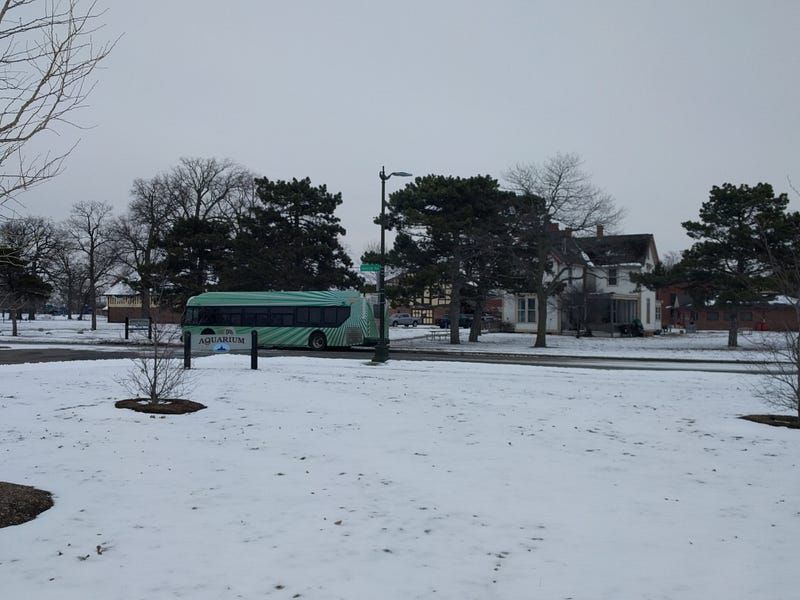
Closing Thoughts
Overall, I’ve enjoyed using the bus system in coordination with driving in situations where I’m traveling in peak traffic. Its benefits start to become less clear outside of this “sweet spot.” If you’re reading this from the metro area, I don’t have to explain to you the horror of Northbound Interstate 75 on a Friday afternoon. And I definitely don’t have to remind you that the area expressways could be easily mistaken for the surface of the Moon right now, and will probably get worse as this hot/cold cycle continues between now and spring.
All things considered, FAST as a service is only a year old. I’m confident SMART will make improvements and fine-tune things as time goes on. It will likely be a long time, if ever, before public transit here reaches a point where it serves as a viable all-day alternative to driving within the region. For now I’m happy to support the growing transit push we’re seeing, even if it’s a bit rough at times. If we want public transportation to improve in the region, we have to show interest, and that means using what we have, even if it’s only on occasion. If more people start riding, or even just educating themselves on the transit options available and speaking up, it’s more likely the decision-makers in the suburbs will take notice and consider changes. If and when the various governments within the Metro Detroit community find a way to reach an agreement as a region, we can make change happen together.
Until then, I’ll see you in transit.
Want more info?
David Gifford has written excellent articles on all things related to navigating public transit in Detroit. His enthusiasm is partly responsible for my interest in the region’s transit. Go check them out!
 Corey
Corey 